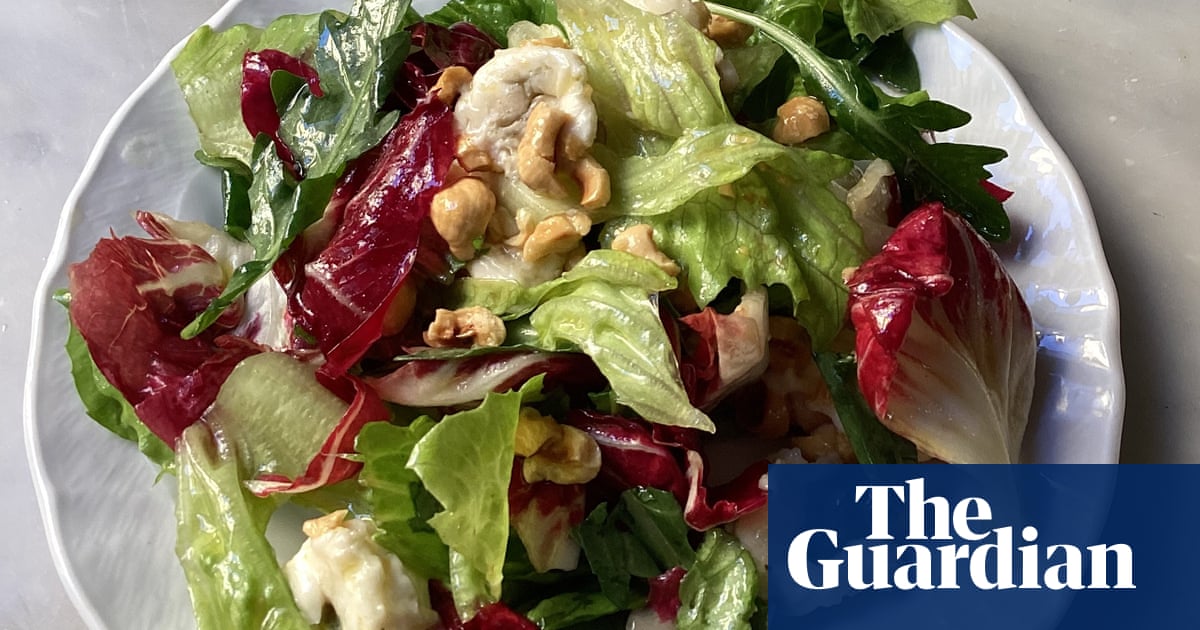Recently, I listened to the Italian chefsNiko RomitoandSalvatore Tassain conversation about Italian food culture, and in particular the role of the trattoria. During the warm conversation, Romito, who is one of Italy’s most visionary chefs and whoseRistorante Realein Abruzzo has three Michelin stars, spoke about the first time he ate at Tassa’sNu’ Trattoria Italiana dal 1960in Acuto, which is in the province of Frosinone about an hour south of Rome. Romito recalled the homely atmosphere and Tassa as an old-school host: welcoming, communicative and the conduit (which didn’t sound pretentious when he said it) between local traditions, producers and those who came to eat. But Romito also described a dish of onions, simply braised, but of such goodness that he couldn’t stop thinking about and imagining them. In fact, Romito credits those onions as being the starting point for one of his own most well-known dishes: “absolute” onion broth with parmesan-filled pasta and toasted saffron. Tassa returned the affection and respect, before both chefs reminded those of us listening that everything begins and ends with the ingredients.
On the bus on the way home, I kept thinking about Romito thinking about those braised onions, which led me to think about the times I have left a table in a trattoria, restaurant, cafe, pub, chip shop or friend’s housereallythinking about something. And how those thoughts are quite rare and completely different from simply remembering a dish or liking something; they are vivid and intrusive thoughts. The deep-fried mashed potato and mozzarella ball from the canteen just under our flat last week; the gravy around the liver and onions at a local trattoria; hazelnuts on the salad at the same trattoria; a plate of green beans that tasted like butter; the honey dressing on a salad that has been nagging me since January.
This week’s column is an attempt to deal with some of that nagging by combining elements of two salads that have stayed with me like an anxious memory. The first is the bitter greens and toasted hazelnut salad at a trattoria calledPiatto Romanohere in Testaccio, while the second is the radicchio, almond, gorgonzola and honey salad fromBocca di Lupoin Soho, London. I did feel a bit like Romito, taking the inspiration into my kitchen, although I can’t claim to have invented anything. I can confirm, though, that there is no better way to dress a salad than with hands (very clean or covered with those very thin rubber gloves), because it means every single leaf gets the benefit of the dressing. You can use any leaves, but a mixture of something crisp such as romaine, little gem or beluga chicory alongside the softer leaves of round radicchio all work well. And look out for creamiergorgonzola dolce(sweet) rather than the firmergorgonzolapiccante(sharp).
Alongside bread, and with the option of more cheese, this salad is a light meal for two; it also goes well with roast chicken, baked potatoes or alongside a couple of other salads. I would suggest putting it with deep-fried potato balls, but I have not worked through that thought yet.
Serves2-4
1 romaine lettuce, or two little gems1 small headradicchio6 tbspextra-virgin olive oil1 tbsp honey1 tbspred-wine vinegar1 tspdijon mustardSalt100g toasted hazelnuts150ggorgonzola dolce,broken into small pieces
Break all the lettuce into leaves, wash them in cold water, dry thoroughly, then rip into bite-sized pieces.
Working in a large bowl, use a balloon whisk to mix the olive oil, honey, red-wine vinegar, dijon mustard, a teaspoon of warm water and a pinch of salt into an emulsified dressing, adjusting to taste.
Add the leaves to the bowl and toss really well so every leaf is coated – your hands are easily the best tool for this. Add half the nuts and half the cheese, then gently toss again.
Tip the dressed salad on to a large plate, scatter over the remaining cheese and nuts, and serve immediately.
